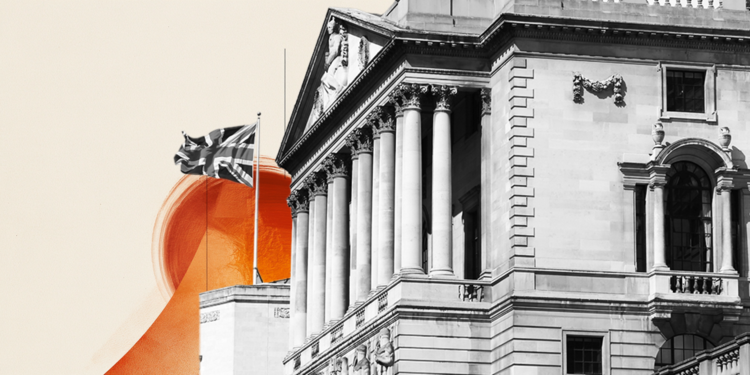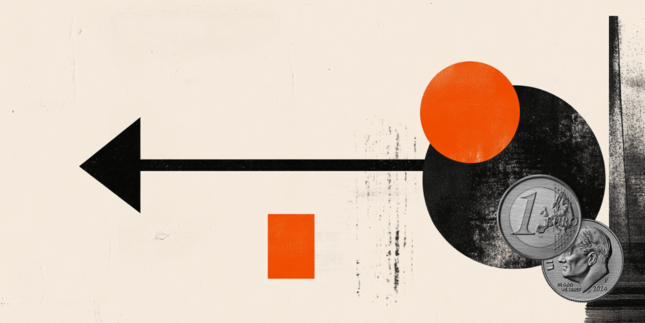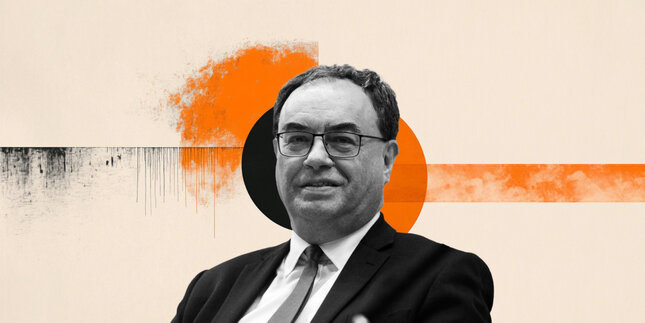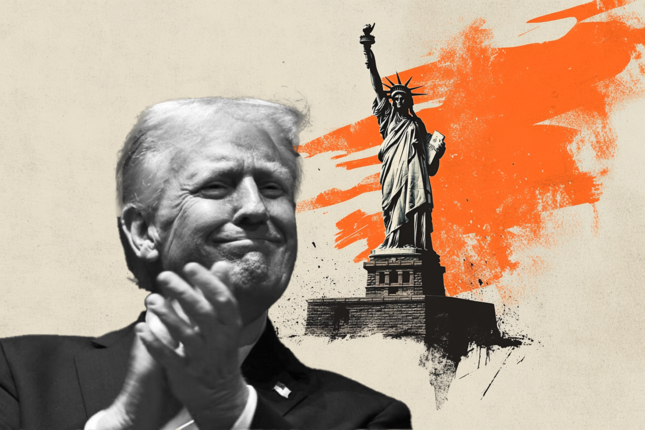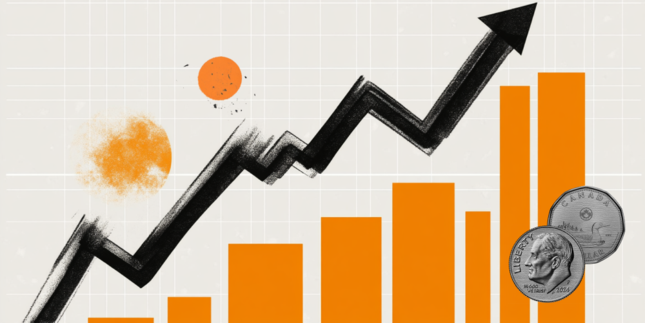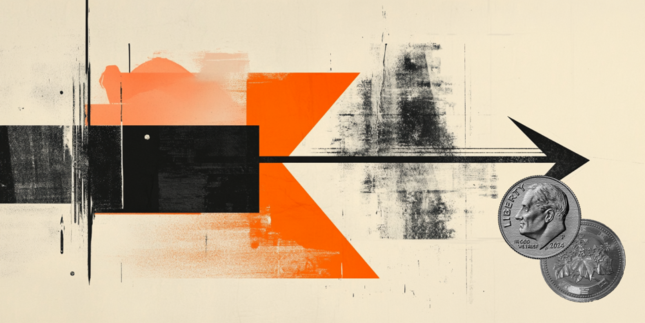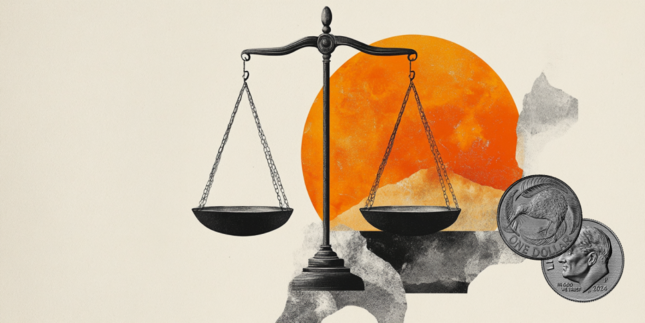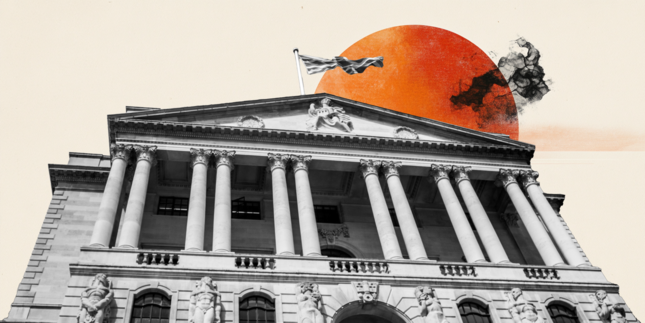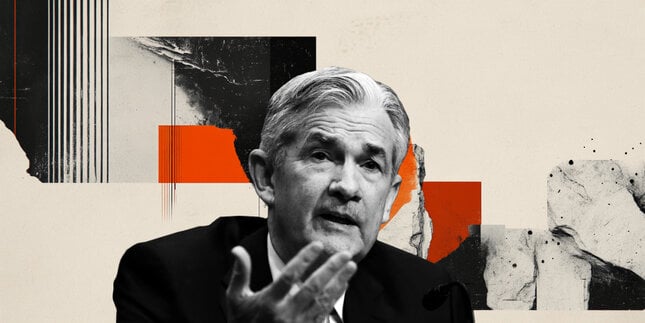Forex Today: US Dollar rebounds after Fed, attention turns to BoE
Here is what you need to know on Thursday, May 8:
The US Dollar (USD) gathers strength against its rivals early Thursday as investors digest the Federal Reserve's (Fed) policy decisions. The Bank of England (BoE) will announce the interest rate decision later in the day and BoE Governor Andrew Bailey will hold a press conference. The US economic calendar will feature weekly Initial Jobless Claims and Unit Labor Costs data for the first quarter.
US Dollar PRICE This week
The table below shows the percentage change of US Dollar (USD) against listed major currencies this week. US Dollar was the strongest against the Australian Dollar.
| USD | EUR | GBP | JPY | CAD | AUD | NZD | CHF | |
|---|---|---|---|---|---|---|---|---|
| USD | 0.55% | -0.10% | -0.16% | 0.58% | 0.79% | 0.50% | 0.30% | |
| EUR | -0.55% | -0.37% | -0.42% | 0.30% | 0.51% | 0.23% | 0.02% | |
| GBP | 0.10% | 0.37% | -0.31% | 0.68% | 0.89% | 0.60% | 0.39% | |
| JPY | 0.16% | 0.42% | 0.31% | 0.73% | 0.96% | 0.74% | 0.56% | |
| CAD | -0.58% | -0.30% | -0.68% | -0.73% | -0.08% | -0.07% | -0.29% | |
| AUD | -0.79% | -0.51% | -0.89% | -0.96% | 0.08% | -0.28% | -0.49% | |
| NZD | -0.50% | -0.23% | -0.60% | -0.74% | 0.07% | 0.28% | -0.22% | |
| CHF | -0.30% | -0.02% | -0.39% | -0.56% | 0.29% | 0.49% | 0.22% |
The heat map shows percentage changes of major currencies against each other. The base currency is picked from the left column, while the quote currency is picked from the top row. For example, if you pick the US Dollar from the left column and move along the horizontal line to the Japanese Yen, the percentage change displayed in the box will represent USD (base)/JPY (quote).
The Fed announced on Wednesday that it left the policy rate, federal funds rate, unchanged at the range of 4.25%-4.5% following the May meeting. This decision came in line with the market expectation. In the policy statement, the US central bank noted that the economic outlook uncertainty has increased further. While speaking during the post-meeting press conference, Fed Chairman Jerome Powell noted that near-term inflation expectations have moved up because of tariffs and added that it's time for them to wait before adjusting the policy. According to the CME FedWatch Tool, the probability of a 25 basis points (bps) rate cut in June dropped to 20% from about 30% before the Fed event. In turn, the USD Index closed in positive territory and snapped a three-day losing streak. Early Thursday, the USD Index gains more than 0.2% on the day above 100.00.
Meanwhile, US President Donald Trump said that there will be a "big news conference" at 1400 GMT on Thursday, concerning a major trade deal with representatives of a "big and highly respected country." The Wall Street Journal and the New York Times both reported that the announcement will likely be about a trade deal with the UK. Additionally, an official at the UK government confirmed early Thursday that US President Donald Trump is expected to announce an outline of the US-UK trade agreement.
The BoE is widely expected to lower the policy by 25 bps to 4.25% from 4.5%. GBP/USD lost more than 0.5% on Wednesday and erased the majority of its weekly gains. Early Thursday, the pair trades marginally lower on the day below 1.3300.
After falling about 0.6% on Wednesday, EUR/USD continues to stretch lower and trades in negative territory below 1.1300 in the European morning on Thursday. The data from Germany showed that Industrial Production expanded by 3% on a monthly basis in March. This reading came in better than the market expectation of 0.8% but failed to help the Euro gather strength.
The minutes of the Bank of Japan's (BoJ) March policy meeting showed that members agreed the BoJ would continue to raise rates if its economic and price outlooks were to be realized. USD/JPY extends its rebound after rising about 1% on Wednesday and trades near 144.50 to begin the European session.
Gold stays under bearish pressure and loses more than 1% on the day below $3,350 early Thursday after falling nearly 2% on Wednesday.
BoE FAQs
The Bank of England (BoE) decides monetary policy for the United Kingdom. Its primary goal is to achieve ‘price stability’, or a steady inflation rate of 2%. Its tool for achieving this is via the adjustment of base lending rates. The BoE sets the rate at which it lends to commercial banks and banks lend to each other, determining the level of interest rates in the economy overall. This also impacts the value of the Pound Sterling (GBP).
When inflation is above the Bank of England’s target it responds by raising interest rates, making it more expensive for people and businesses to access credit. This is positive for the Pound Sterling because higher interest rates make the UK a more attractive place for global investors to park their money. When inflation falls below target, it is a sign economic growth is slowing, and the BoE will consider lowering interest rates to cheapen credit in the hope businesses will borrow to invest in growth-generating projects – a negative for the Pound Sterling.
In extreme situations, the Bank of England can enact a policy called Quantitative Easing (QE). QE is the process by which the BoE substantially increases the flow of credit in a stuck financial system. QE is a last resort policy when lowering interest rates will not achieve the necessary result. The process of QE involves the BoE printing money to buy assets – usually government or AAA-rated corporate bonds – from banks and other financial institutions. QE usually results in a weaker Pound Sterling.
Quantitative tightening (QT) is the reverse of QE, enacted when the economy is strengthening and inflation starts rising. Whilst in QE the Bank of England (BoE) purchases government and corporate bonds from financial institutions to encourage them to lend; in QT, the BoE stops buying more bonds, and stops reinvesting the principal maturing on the bonds it already holds. It is usually positive for the Pound Sterling.
Forex News
Keep up with the financial markets, know what's happening and what is affecting the markets with our latest market updates. Analyze market movers, trends and build your trading strategies accordingly.
